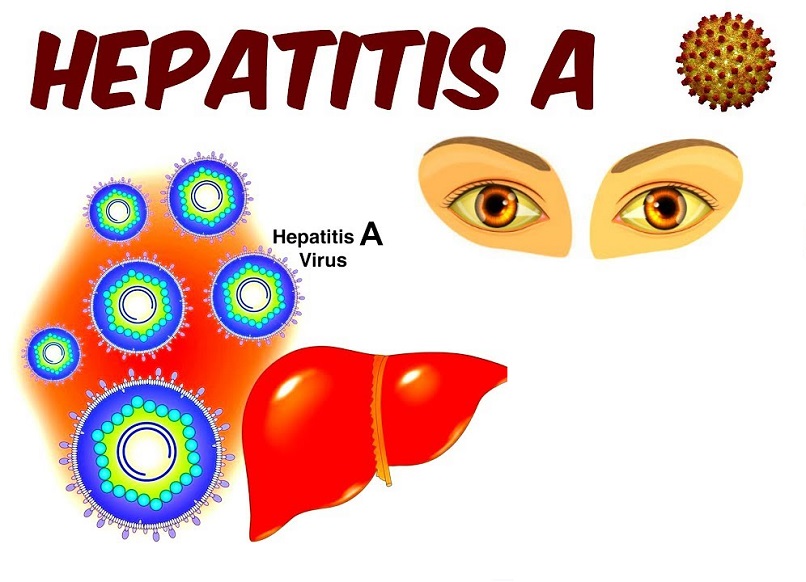SRINAGAR Observing that no wake-up call has been big, serious or loud enough for the authorities to take its deteriorating condition into consideration and act upon it, an expert committee, constituted by the Jammu and Kashmir High Court has noted that there are multiple sources of pollution in the Dal Lake, the flagship of Kashmirs tourism.
The committee counted houseboats and floating gardens among premier sources of pollution to the water body.
It is estimated that a population of around 40,00070,000 resides in the Dal interiors, in the hamlets, in pucca and kuchha houses, in the constructions that are adjunct to the house-boats, in the house-boats and in the dunga boats. The sewage generated by all these persons, including night soil, sullage and solid waste are all released into the Lake, said the committee comprising among others Dr. Nivedita P. Haran (former Additional Chief Secretary, Home Department, Government of Kerala); Dr. Mangu Singh, CEO, Delhi Metro Rail Corporation; M. C. Mehta, Renowned Environmentalist from the Jammu and Kashmir and Elattuvalapil Sreedharan (IES Retd., Former Chairperson, Delhi Metro Rail Corporation Member, Mata Vaishno Devi Shrine Board).
According to latest figures, the committee said, the Dal Lake hosts 910 registered houseboats. On an average 16 guests and four service persons reside on each houseboat when fully rented.
These houseboats do not have any sewage facility and therefore discharge all waste that includes night soil, solid waste and sullage into the Lake, the committee said. There are also 140 dunga boats that house those persons who service the houseboat and where the cooking, etc. for the guests is done.
Regarding floating gardens, the committee said that in recent times, the area cultivated has expanded leading to coverage of the water area to an alarming level. Large proportion of the population living in the hamlets cultivate floating gardens where they grow vegetables such as radish, cucumber, turnip, eggplant, white beans and lotus stem. These cultivators rely on the sale of produce and in order to increase production using a substantial quantity of chemical fertilizers and pesticides. This is a major source of pollution in the Lake.
Regarding existing Sewage Treatment Plants, the committee said: There are six sewage treatment plants that have the designed capacity to treat 53.8 MLD. As against this, the actual treatment is of 47.8 in MLD leaving an unutilized capacity of 6 MLD. The STPs are based on FAB.
The importance of the Dal Lake in the context of the topography of the area lies in the fact that it has existed as a part of its got- morphological profile, the panel said.
[[{“type”:”media”,”fid”:”35803″,”view_mode”:”wysiwyg”,”instance_fields”:”override”}]]
With the growth of civilization, much of the habitation in the area has concentrated around the Lake. The Dal and the other lakes in the area provide an even climate and good source of drinking water for the population. It is also a source of economic activities primarily tourism, agriculture and other water-based activities that are a source of gainful employment for the local population.
With the growth of habitation, the committee said, the pollution in and around the Lake was natural.
It is only when the position becomes unmanageable that the authorities woke up to the situation, same as has happened in many other cities in India such as Bangalore, Chennai, Mumbai and Hyderabad. But in the case of Dal Lake, it appears that no wake-up call has been big, serious or loud enough for the authorities to take its deteriorating condition into consideration and act upon it.
The Dal Lake has been the centre of Kashmir civilization and is among the most beautiful National heritages, the committee observed. It has played a major role in the economy of the State of Jammu and Kashmir through its attraction of tourists as well as its utilization as a source of food and water. Traditionally the vegetable markets of Srinagar have been supplied from the famous floating gardens and irrigated land within the lake area.
During the past few years grave concern is being voiced by people from different walks of life over the deteriorating condition of Dal lake, the panel said.
There is no denying the fact that Dal lake has fallen victim to human greed, as a result of which the entire ecosystem is rapidly changing. The water quality has deteriorated considerably during the last three decades. The large area of the lake has been reclaimed and converted into floating gardens. Large numbers of residential buildings restaurants and hotels have come up along the lakefront.
Over the years, the committee said, the lake has become shallow due to siltation and accumulation of plant debris.
Many undesirable changes in the structure of flora and fauna have taken place and some important species have either declined or completely disappeared.
Follow this link to join our WhatsApp group: Join Now
Be Part of Quality Journalism |
Quality journalism takes a lot of time, money and hard work to produce and despite all the hardships we still do it. Our reporters and editors are working overtime in Kashmir and beyond to cover what you care about, break big stories, and expose injustices that can change lives. Today more people are reading Kashmir Observer than ever, but only a handful are paying while advertising revenues are falling fast. |
| ACT NOW |
| MONTHLY | Rs 100 | |
| YEARLY | Rs 1000 | |
| LIFETIME | Rs 10000 | |








